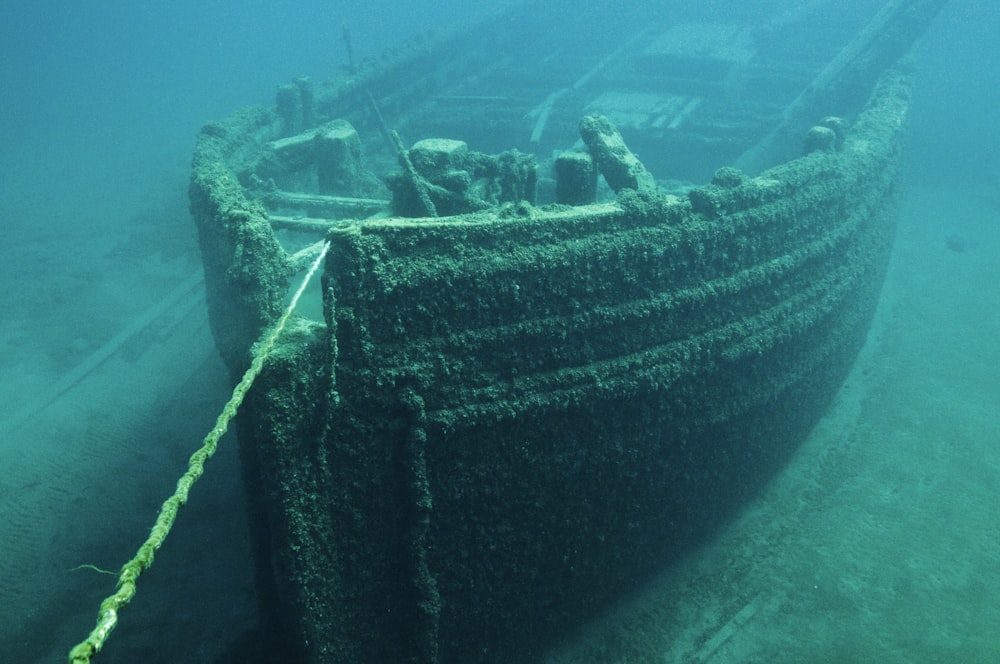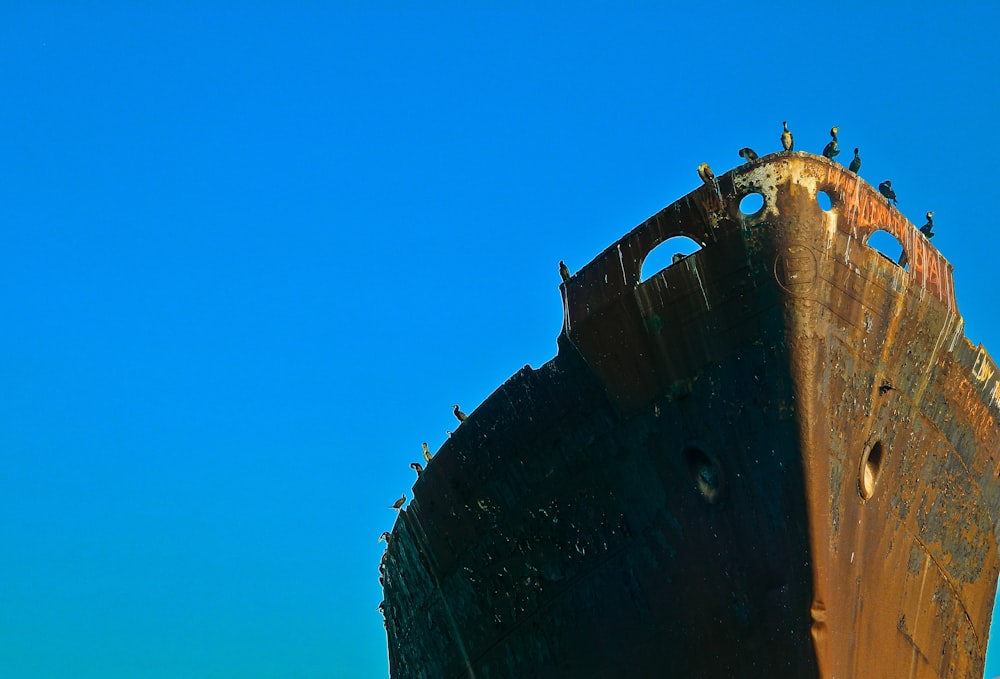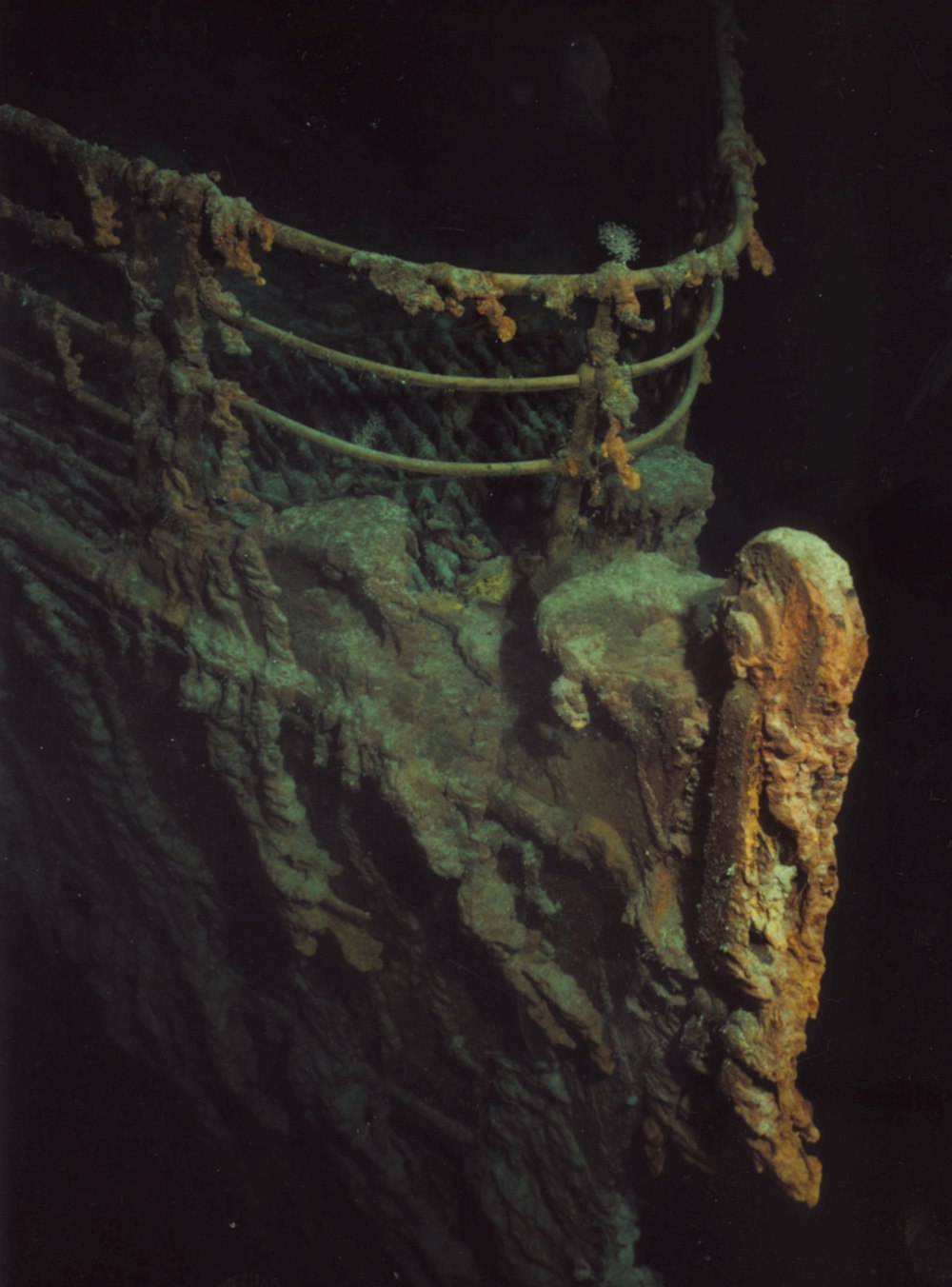Titanic| Titanic was the
biggest ship ever made on the Planet. Titanic was a British traveler liner
Operated by White Star Line. The Titanic Makers said that the Titanic ship can not
sink easily in the ocean waters. So we will discuss the Titanic in
this Topic how did it Sink in water? what went wrong & what happened after
the Disaster. So let's Start :

Titanic :
The luxury British
passenger liner RMS Titanic began construction on March 31st, 1909, in the
Harland and Wolff shipyard in Belfast, Ireland, and was completed three years
later in 1912. This Ship was built by Harland and Wolff. The company wanted it
to be the largest ship with state-of-the-art technology and every luxury
imaginable. The Titanic was the brainchild of the White Star Line, a
shipbuilding company in direct competition with the other companies of the
time. One of these, Cunard, had built the Lusitania and Mauretania in 1907,
nautical masterpieces that crossed the Atlantic at record-breaking speeds and
thereby earned their builders widespread acclaim and recognition. Not to be
upstaged, White Star set about to make not one, but three, passenger ships surpass all others in both size and luxury: The Titanic, The Olympic, and The
Britannic. To their credit, builders Harland and Wolff succeeded in creating
what were the world’s largest man-made objects that moved. However, this feat
came at a cost. The number of materials needed for these vessels was immense.
As steel and rivet supplies dwindled, they were forced to use inferior
versions. Held together with lower-grade plates and rivets. As one of three Olympic-class ocean liners, it
was designed to be the largest luxury passenger ship in the world and would
cost 7.5 million dollars to build. It had a length of 882 feet, 9 inches (or
269.1 meters), a height of 175 feet (53.3 meters), and a width of 92 feet, 6
inches (or 28 meters), and it weighed 46,328 tons. Below the water line was the
orlop decks for cargo and the tank top where the engines, boilers, turbines,
and electrical generators were. At the very top was the boat deck, where the
bridge and wheelhouse were, as well as the lifeboats. In between were the decks
for passengers with first, second, and third-class cabins. The level of luxury
was so high that second class was comparable to first-class class on any other ship. The
2,240 passengers would be from all walks of life, from millionaires and
celebrities to poor immigrants looking for a better life in America. The ship
would act as a floating hotel, featuring a grand staircase that allowed
first-class passengers to move from deck to deck and had a dome skylight to
allow natural light in. The ship also featured a gymnasium, dining saloons, a
reading room, a barbershop, a squash court, a Turkish bath, and a swimming
pool. The ship carried 20 out of a possible 64 lifeboats. Therefore, there were
only enough for half the ship's population. However, this was within legal
requirements. Lifeboats were only intended for carrying passengers to rescue
ships and not keeping the entire ship population afloat. As a result, the company that owned the Titanic, White Star Line, felt complacent enough to keep the
number of lifeboats low so the deck wasn't cluttered. Many claimed the Titanic
was unsinkable because its hull was divided into 16 watertight compartments. It
was said that if up to four of these flooded, the ship would still stay buoyant.
All of these qualities drew the press to frequently talk about the new
passenger liner.

The Disaster - The Sinking of the Titanic :
Toward the beginning of the day of April tenth, 1912, travelers started boarding the Titanic in Southampton, England, with enormous groups of a social affair to watch the boat withdraw. At noon the Titanic set sail under command of Captain Edward Smith, beginning her maiden voyage. It would stop at Cherbourg, France, and then Queenstown, Ireland, to pick up more passengers, and then began its journey across the North Atlantic Ocean towards New York City. On April 14th, 1912, warnings were coming in of icebergs from other liners, so Captain Smith had plotted a new course and continued to steam at full speed which was standard practice As it became dark the temperatures were dropping to below freezing and there was no moonlight, or waves making it difficult to see approaching icebergs. At 11:40 P.M. ship's time, the ship's lookout, Frederick fleet spotted an iceberg from the crow's nest. He rang the warning bell and telephoned the officers at the ship's bridge, shouting, "Iceberg! Right ahead!" Armada had recognized the ice sheet with his eyes, as the crows home optics were bolted away. The key's owner, Officer David Blair, had been removed from the Titanic's crew at the last minute and forgot to hand over the key the officers on the bridge quickly turned the ship away from the iceberg, but it was too late the Titanic grazed the iceberg along its side ripping several holes in its hull below the waterline with fragments of ice hitting the deck At first everyone felt relief the lookouts and the passengers didn't even feel the collision. At 11:50 p.m. Captain smith and the ship architect Thomas Andrews went to inspect the damage they knew the ship would start sinking and by this time six of the watertight compartments at the ship's hull were already breached and began flooding. At 12 a.m. the captains sent out a distress call over the radio in the hopes that there were other ships nearby and gave the order for the Titanic's passengers to board the lifeboats, he knew there were only enough for half the population of the Titanic. At 12:25 the lifeboats began their loading with women and children first as this was the protocol at sea. Many passengers still did not understand What was going on and confusion and disorganization meant that the first lifeboat to leave had only 28 women and children aboard when it could carry 65 people. First officer Murdoch took the order to mean women and children first then men if they were there while second officer Lightoller took it to mean women and children only.
The
Carpathia which was 58 miles away heard the distress call and began sailing
towards the sinking Titanic to rescue the passengers. Distressed players were
shot into the sky to help locate the sinking Titanic. By 1:00 a.m.. With the
lower decks flooding the bow of the ship began to sink below the water's
surface. Water was pouring in 15 times faster than it could be pumped out,
which was not helped by the fact that many of the passengers had left their
portholes open. The unsupported stern and its propellers rose out of the water
into the air. Panic and chaos set in as lifeboats were running out, some people
pushed their way to the lifeboats while others accepted their fate and stayed
behind Or gave up their spots to more vulnerable passengers. Many did not want
to survive the disaster and be branded a coward back home. By 2:05 a.m.. The
last lifeboat had left, but 1,500 people were left on the ship. The deck was
now at a steep height and many passengers fell into the freezing icy waters. At
2:17 a.m.. The captain announced every man for himself. The stern gave way
under the pressure and broke off with the front half disappearing to the bottom
of the ocean. At some point captain Smith went down with the ship a maritime
tradition that the captain would do in accepting responsibility for all on
board. Some say he went to the wheelhouse and waited for the end while others
say he committed suicide using a pistol. The stern smashing into the water
surface became level and sewers started to fill with water Sinking nearly four Kilometers beneath the surface of the ocean. Many died as a result of drowning,
but the main cause of death was Hypothermia in the freezing waters which
occurred within minutes. Some of the lifeboats returned, but only four survivors
were found. At 3:30 a.m.. The distress
flares from the Titanic were spotted by the Carpathia. The Carpathia arrived to
the scene at 4:10 a.m. and picked up the lifeboats. Only 705 passengers would
survive the disaster with over 1,500 people losing their lives. This was very
tragic event happened there as many dead bodies were floating on the top of the
ocean. Most of them were completely frozen by the Ice Cold water.
After The Titanic Disaster :
Where Did All the Bodies on the Titanic Disappear? Many believe the Titanic was doomed from the beginning. Indeed, evidence suggests that instead of bending as high-quality steel would do, pieces of the hull shattered and rivets broke as the vessel made impact with an iceberg off the Newfoundland coast. Less than three hours later, it was at the bottom of the sea. Ironically, the Titanic had been dubbed “unsinkable” due to its believed infallible design. It not only had electronic controls and a wireless communication system, but was equipped with sealable compartments to keep it afloat. However, as the ship veered left in a failed attempt to avoid the iceberg, nearly 300 feet of holes were knocked into its right-hand side. Water flowed into six of the supposed water-tight compartments and then moved on to fill the rest. Many believe this event was mostly due to human error. A radioed warning of icy conditions, for example, was dismissed as unimportant. The lookouts responsible for sighting obstacles could not access their binoculars. Even the captain may have pressed on in hopes of making record speeds. Mother nature was of no help, either; large chunks of ice and hazy optical illusions only contributed to the crash. Further, nearby ships could not tell the Titanic was sinking. The lack of aid in addition to a shortage of lifeboats resulted in a profound loss of life. In the panic and chaos, the boats that were available were also misused, leaving 400 seats empty and over 1,500 people stranded. As the front of the ship sank with the weight of incoming water, the back rose steadily higher. Mounting pressure eventually caused it to crack, sending the front into the depths of the ocean. The rest soon followed. The 710 who survived were rescued by the Carpathia, responding to the Titanic’s signals of distress. It did not reach the area however until almost two hours later. While the Titanic sank in darkness, the sun was rising by this time, highlighting the remains of the less fortunate, lifelessly suspended in the sea. The Carpathia was forced to navigate around multiple icebergs and past floating bodies to reach those still alive. Despite its best efforts, some of those rescued later died and were buried at sea. In all, over 1,500 passengers were lost. Compounding the tragedy further was the fact that, of those who perished, only 340 were found. Some believe that these low numbers were in part due to weather. There is evidence that after the Titanic sank a huge storm swept through the area, scattering those adrift over as many as 50 miles. In this case, by the time ships came for the bodies, recovery of many was impossible. Those who still floated beside what was left of the Titanic’s doors, pillows, and chairs continued to be discovered throughout April and May. Ships such as the Mackay-Bennet spent days pulling out those strapped to life jackets, identifying them and tagging their bodies for return to families or for burial. Sadly, even after many were gone, some operations were unprepared for the corpses that remained.

There are reports that as vessels ran
out of space, bodies of third-class passengers were tossed overboard in favor
of those from first. In all, while a few hundred were lifted from their watery
graves, upwards of 1,000 were unaccounted for, never again to be seen. What is
left of those who were scattered over the ocean’s surface remains unknown.
However, it is believed that a majority of those missing went down with the
ship. Indeed, the underwater scene of the wreck, discovered miles below the
surface of the Atlantic, holds countless indicators of death on a massive
scale. Some who have ventured inside of what’s left of the Titanic have seen
clothing in there as well. A few explorers in the area claimed to have found
both a ring and a finger, but they reburied these without a trace. No other
such discovery has been documented. The evidence that corpses once surrounded
the Titanic and rested within its outermost structure is strong. However, what
is deep within the wreck is up for debate. Some believe that hundreds died
inside and remain there still. If this is true, it is possible that bones and
teeth, perhaps even entire bodies lie within it. After all, in the most
interior areas, closed off from currents and without a supply of oxygen-rich
water, bodies would be free of fish or worms. In general, decomposition halts
in such isolated conditions. In fact, organic materials left in similarly cold,
pressurized environment without access to a current have been preserved for as
long as centuries. It would seem that inside the ship, and nowhere else, that
recognizable remains, should any exist, could be found. Fortunately, those at
rest within the Titanic will be left in peace. As an over-a-century-year-old
wreck, the Titanic now falls under the protection of the 2001 UNESCO
Convention, making damage to or pillage of the site illegal. But the question
remains: Are there people still trapped within the Titanic, and if so, how
many? Have they been preserved, or are they now a form of sediment, as we will
all eventually be? What Do you think let me know in the comment box.
So this was all about the
topic “Titanic. How did the unsinkable Titanic Sinks? How many people were on
Titanic?” I hope you all learn something new and if you like this then share
it. And to give credits click on any of the ads.








0 Comments
Please Do not enter any spam link in the comment box.